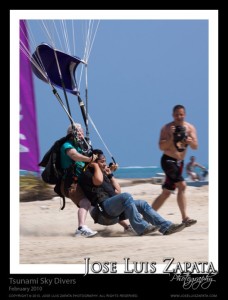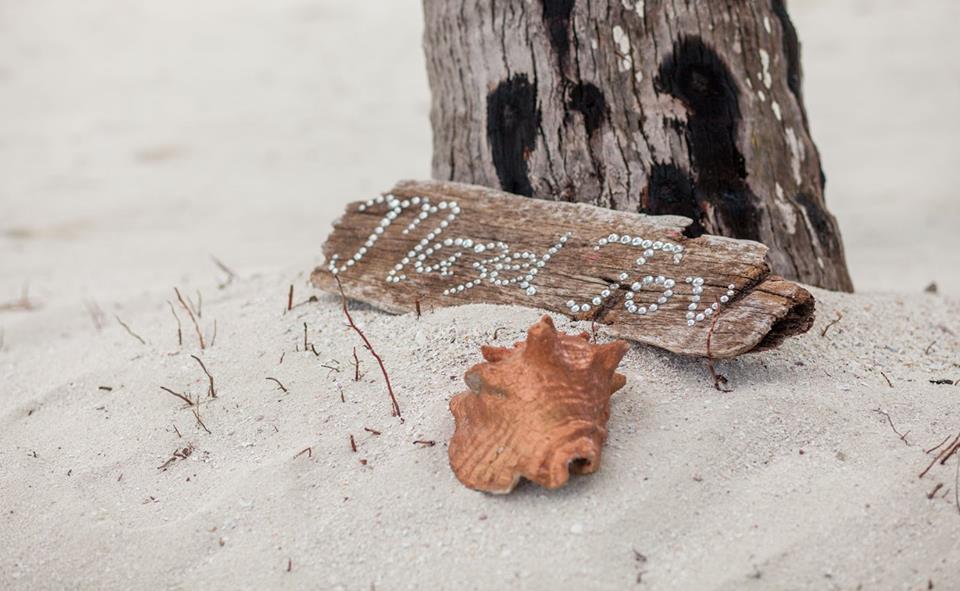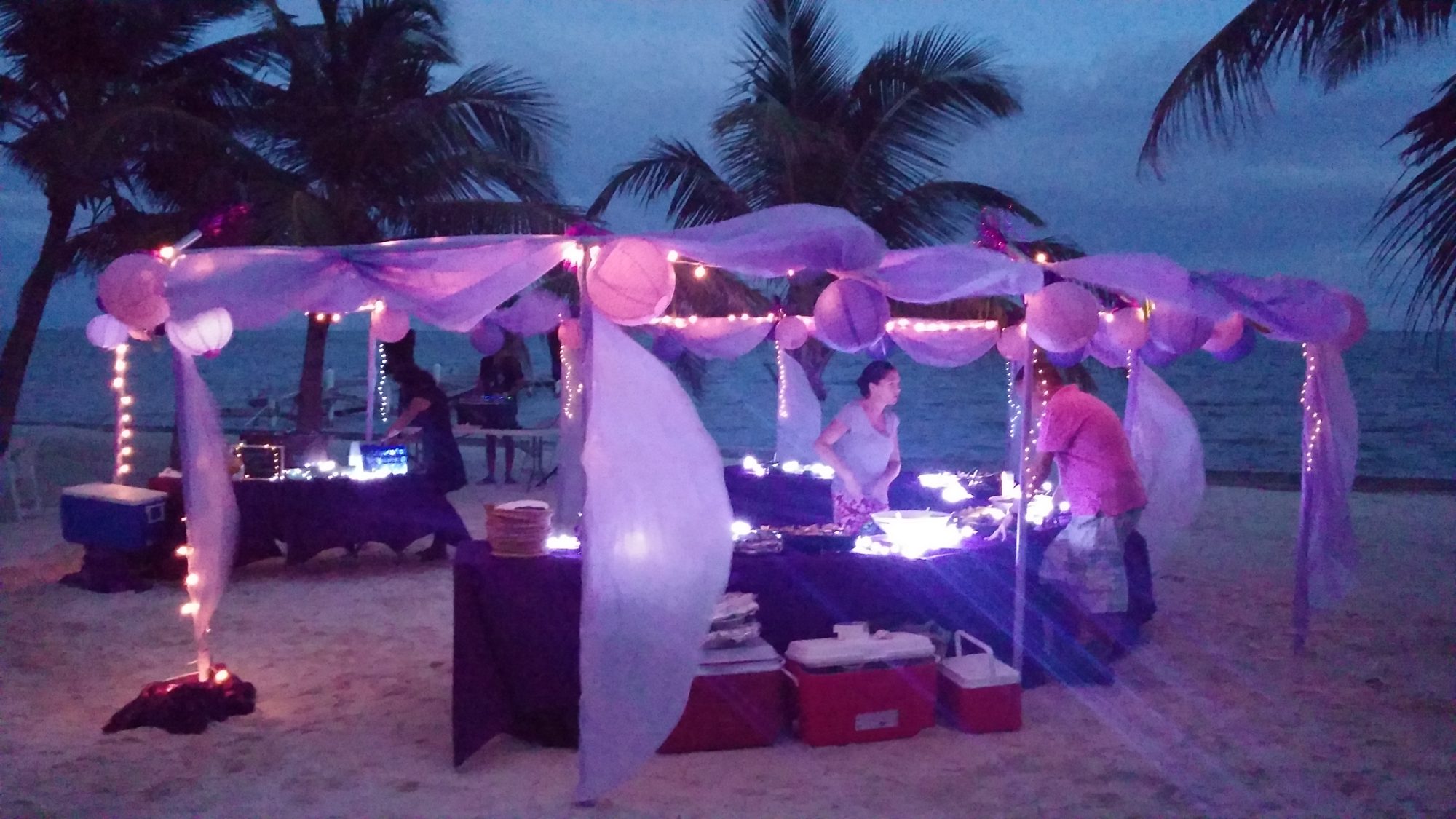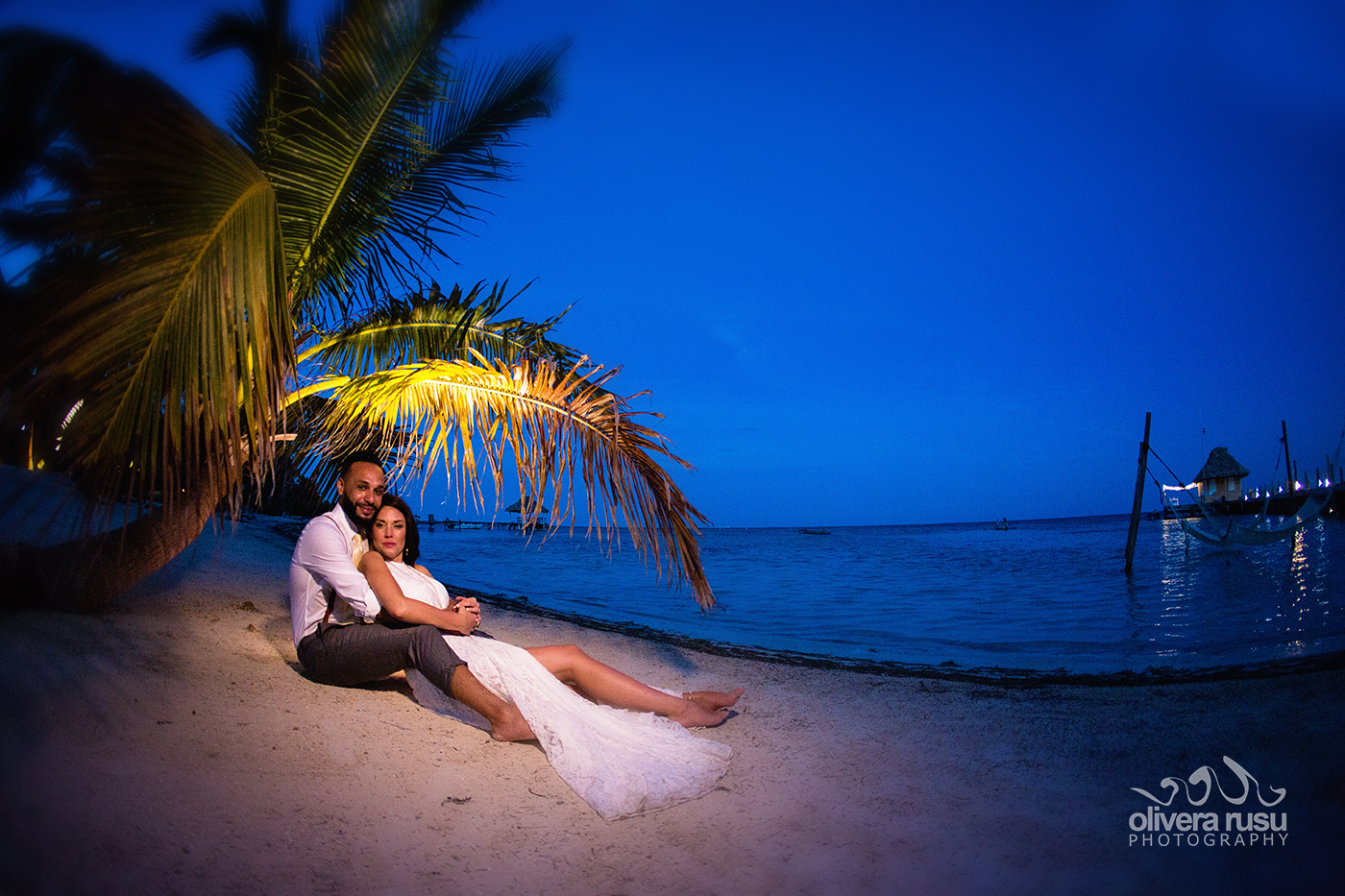Belize is Cool – Today's Top 5 reasons
I was catching up on things this morning as i’ve been away the weekend. I was on facebook, where i can be found as “unbelizeable honeymoon” and just feeling generally positive about the coming year, and i started reading all these posts about belize that seemed to have popped up today. I just kept “sharing” them commenting on how cool we are, so i decided to just blog the whole idea of “BELIZE IS COOL”. So, here are my top 5 reasons Belize is just so darn cool!
1) Best of Both Worlds – I was over in Cayo District this weekend, and stopped at one of RTAB’s Preferred Properties, Hidden Valley Inn. I’m so glad i stopped, as every time i go there, i’m reminded why i adore it so much. Living on a tropical island has its pluses, FOR SURE, but something about standing at the edge of a valley watching 1000 foot falls on the other side, or just simply walking along the hundreds of miles of trails. Its amazing out there, and somehow easy to forget all that nature and beauty is private property, just for you to enjoy. AMAZING
2) You can skydive over the Great Blue Hole. Every year in February, we have the “boogie in Belize” event hosted here. Hundred of people chose to jump out of planes all day for a couple weeks, and we get to see some amazing stuff! Go tandem for a once in a lifetime experience.
3) Hump Back Whales and Whale Sharks (taken from Ambergris Today Newspaper)

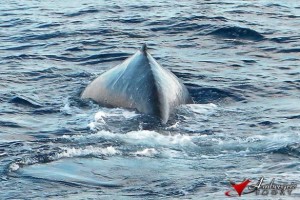
Mario Graniel submitted these great pictures of a 38-40 foot Humpback Whale that he spotted while on a fishing trip last week at the Turneffe Atoll. Truly a rare sighting!
4) msnbc.com and shermantravel.com said so!
Central America has always attracted intrepid visitors in search of unfiltered natural beauty. Now, a set of top-tier, and often eco-friendly resorts is reinventing the region as a world-class beach destination, complete with unspoiled coastlines, coral reefs, and corduroy waves.
When to Visit: The region is at its best during the dry season (also peak season), which is usually from December to May, though it varies depending on the exact location. (All prices quoted here are for peak season.) The rest of the year, prices fall, but so does the rain. Solitude seekers may want to avoid the holiday season (mid-December through February), when some of these Central American beaches are crowded with locals.
1. Ambergris Caye, Belize
A barefoot lifestyle and a love of reggae rule this pocket-size English-speaking nation, which feels more Caribbean in culture than Central American. Ambergris Caye, located off the northeastern coast and a quick flight from Belize City, is a 25-mile-long island known for its soft beaches and car-free tranquillity. The thatched-roof cabins come with porches for catching a breeze; the turquoise Caribbean waters offer world-class snorkeling right off the dock at one of our favorite Central American beaches.
4. Hopkins, Belize
A 20-minute flight from Belize City, a couple of hammocks swaying on the boat docks are a signal to come and unwind on a pristine Central American beach. Guests wax enthusiastic about the tree house accommodations, surrounded by black orchids and replete with skylights for stargazing (in air-conditioned comfort). Despite the draw of lazy days spent by the freshwater pool, adventurous vacationers can borrow kayaks and bikes, as well as explore nearby Mayan pyramids, waterfalls, caves, and the world’s only jaguar preserve. (With 40 percent of the country protected through private trusts and public lands, nature breathes easy in Belize, at least in comparison to its more industrialized neighbors.) The resort also has its own PADI dive facility, and divers have access to an underwater wilderness that is populated with manatees, whale sharks, and eagle rays.
6. Placencia, Belize
Situated on the slender Placencia Peninsula that juts off Belize’s southern coast, Francis Ford Coppola’s Turtle Inn is anything but Hollywood glam (in a good way). Bungalows outfitted with handsome Balinese furnishings and private pools are tinged with rustic details like outdoor showers; entertainment comes in the form of complimentary bikes, kayaks, and paddleboats; a Thai massage at the spa; or simple wooden tables for card games on one of the best Central American beaches.
This story, Top 10 Central America Beaches, originally appeared on ShermansTravel.com.
5) USA Today also thinks we’re cool.
Cobalt blue waters, draped vines and beads of sweat are what you remember from your first visit to these forest cenotes, as the pools are known.
Two years ago, a USA TODAY report filled readers in on researchers’ plans to dive deep into the cenotes, surrounded by the ruins of Maya sweat lodges from 800 A.D. And a look at the first dives into the pools this summer was a Top 10 video on National Geographic‘s website this year.
But it’s worth a second look at the ruins there, and not just because winter has fully arrived in the Northern Hemisphere and the fact that the location’s average temperature is a balmy 79 degrees.
In fact, the continuing story of exploration at the pools in the northwestern forest of tropical Belize, offers more than warm thoughts. Archaeology doesn’t happen overnight and the progress at Cara Blanca has raised more questions so far than answers, says archaeologist Lisa Lucero of the University of Illinois at Urbana-Champaign, who heads exploration efforts at the pools, located a few miles from the Maya ruin of Yalbac.
The Classic Maya are famed for the pyramid-topped cities, which were abandoned throughout Central America sometime around 900 A.D. Xibalba (Shee-BAL-buh), the underworld where various evil spirits and the rain god, Chac, could be found, was part of their mythology, a particularly important place for people dependent on rain to water their crops.
“Cenotes were seen as an opening into the underworld by the Classic Maya,” Lucero says.
Cenotes at sites such as Mexico’s Chichen Itza have yielded sacrificial objects, human bones and the famed “Maya Blue” pigment in sediment layers explored by scholars for a century.
At Cara Blanca’s pools, mapped by archaeologist Andrew Kinkella of Moorpark (Calif.) College, Lucero and colleagues such as cave diver Patricia Beddows of Northwestern University in Evanston, Ill., sought to plumb the depths of the cenotes, looking for similar activities among the Maya of Belize, some 250 miles south of the Yucatan.
A diving team explored the site in May, finding hydrothermal vents, overhanging caves and fossil beds lining the walls of the cenotes. Two divers, Robbie Schmittner and Kim Davidsson, discovered a 90-foot-tall entrance to one cave some 100 feet deep down on the north wall of a pool lined with Maya ruins. The team namedthe cave Actun Ek Nen (Black Mirror Cave), which should give some idea of lighting conditions at that depth. The underwater cave is at least 120 feet wide, 100 feet tall and at least 250 feet long. It may be much longer, as its depth, size and dimness, along with diving equipment limitations, kept the team from exploring the big cave to its full extent.
“But the pools were even deeper than we expected,” Lucero says. The very deepest parts of the pools, where sacrificial objects might lay, reside below 180 feet depth, according to findings made by seven deep divers who searched there for two days in mid-July. A diving team will return to the site next year, with some luck, to resume the search.
In the meantime, archaeology at the site has not stood still. “It looks more and more like the Maya intensified ritual activities at the end,” Lucero says, around 800-900 A.D., when a long-term drought is thought to have contributed to the collapse of the society at Yalbac and surrounding centers. Sacrifices might have picked up at the pools, she says, “to beg the gods to bring forth rain and to end the long drought. The majority of ceramics date to (that era), and most are water jars!”
The slash-and-burn milpa farming of the Maya, still practiced today throughout Central America, heavily depends on rainfall during a long rainy season that typically starts in May. Although the Maya continued farming at nearby sites in Belize at least until the 1500’s, Lucero and other archaeologists suspect that when the sacrifices and ceremonies at pyramid temples no longer delivered the rain, the common farmers walked away from a culture that had lasted for centuries.
If so, getting to the bottom of Cara Blanca’s pools may help get to the bottom of how that collapse played out in at least one corner of the ancient Maya world. “We’ll be back,” Lucero says.
Leave a reply
You must be logged in to post a comment.


